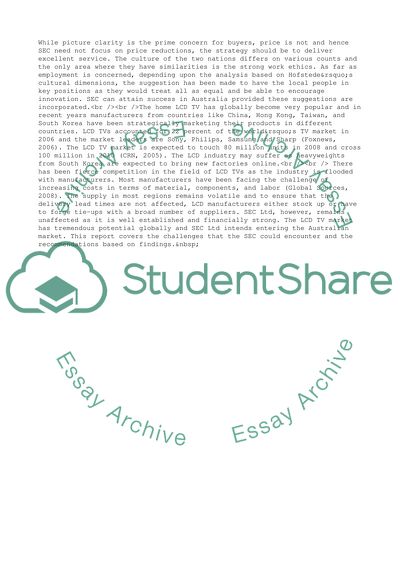Cite this document
(Management Business Project for SEC Ltd Case Study, n.d.)
Management Business Project for SEC Ltd Case Study. Retrieved from https://studentshare.org/business/1716101-menagement-business-project-report
Management Business Project for SEC Ltd Case Study. Retrieved from https://studentshare.org/business/1716101-menagement-business-project-report
(Management Business Project for SEC Ltd Case Study)
Management Business Project for SEC Ltd Case Study. https://studentshare.org/business/1716101-menagement-business-project-report.
Management Business Project for SEC Ltd Case Study. https://studentshare.org/business/1716101-menagement-business-project-report.
“Management Business Project for SEC Ltd Case Study”, n.d. https://studentshare.org/business/1716101-menagement-business-project-report.


